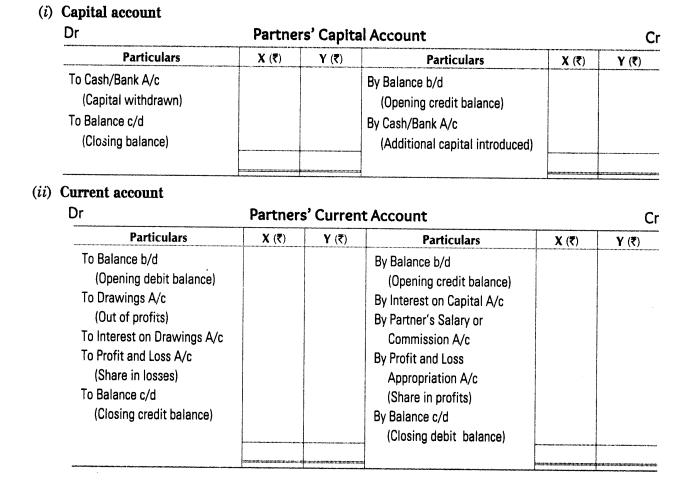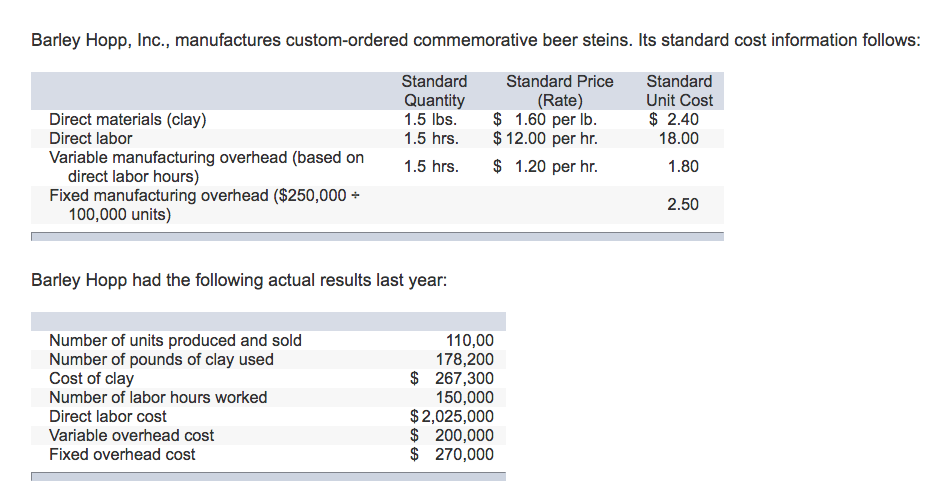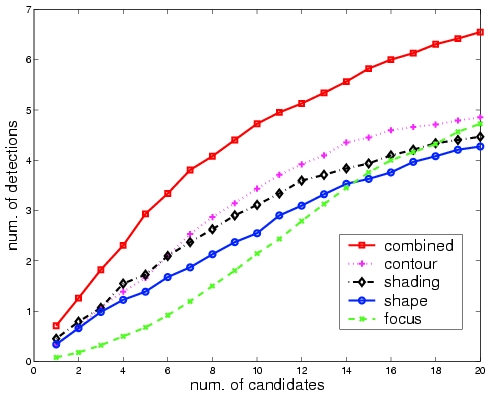Content

As mentioned before, operating income is your business’s gross income minus operating expenses, but before deducting interest, income tax, and extraordinary gains and losses. Calculating net operating income is relatively straightforward once you break out each of the individual components.
What is operating income examples?
Operating Income Example
For the time period, the cost of goods sold was $50,000, rent was $15,000, maintenance fees were $3,000, insurance $5,000, and employee net pay $50,000. First, we calculate operating expenses as follows: Operating Expenses = Rent + Maintenance + Insurance + Salaries.
Remember, NOI takes into account all income, which is GOI plus any additional income a property makes. For instance, maybe the property boasts vending machines, an additional parking lot, the aforementioned coin laundry. Therefore, companies in such industries often report operating income that is significantly lower as compared to companies in other industries. A holistic view of operational and efficiency metrics is critical to strategic decision-making about sustainable growth and continuing down the path to profitability. It clearly shows how efficient the company is at converting raw materials into profit and regarding the other expenses that are attached to the production. Companies in this sector will generate millions of dollars in revenue each year, working on a number of different projects. Also, EBIT is not an official GAAP measure, while operating income is an official GAAP measure.
How do you calculate net income?
Hence, Operating Earnings is an important concept that helps know about the company’s financial health. Overhead CostsOverhead cost are those cost that is not related directly on the production activity and are therefore considered as indirect costs that have to be paid even if there is no production. Examples include rent payable, utilities payable, insurance payable, salaries payable to office staff, office supplies, etc. Earnings before interest and taxes is an indicator of a company’s profitability and is calculated as revenue minus expenses, excluding taxes and interest. EBITDA, on the other hand, will differ from operating income as operating income deducts depreciation and amortization expense.
Forensic Amazon Analysis: A Value Equation Approach (NASDAQ … – Seeking Alpha
Forensic Amazon Analysis: A Value Equation Approach (NASDAQ ….
Posted: Thu, 05 Jan 2023 08:00:00 GMT [source]
For CPG companies, operating revenue represents new product sales plus add-on sales (like accessories or higher-margin products). In this article, you’ll learn about operating revenue in particular, how to calculate it, and examples of operating revenue for different types of businesses. In particular, lenders may look at the trend of GOI over time and compare it to the company’s debt service coverage ratio . This ratio can help lenders understand how easily the company can cover its debt payments. Ultimately, investors should also assess net or bottom-line profits, in addition to operating income.
How Do You Calculate Percent Change in Operating Income?
While EBITDA reflects the potential profit of a company, operating income measures the actual profit earned by that company as a result of its business operations. Operating income is one of the key components in the income statement that measures the efficiency of a company. In other words, operating income gives a view of the degree to which a company is able to absorb the fixed costs and convert them into profits. Operating income helps you understand how well the company is running its core operations, before financial costs like capital structure and taxes are deducted.

If the property is not 100% occupied, then a market-based rent is used based on lease rates and terms of comparable properties. As you can see, NOI is generally calculated on an annual basis, but it’s relatively simple to also calculate your monthly NOI by dividing this number by 12. Below, we’ll walk through all the numbers to include in your formula and how to calculate NOI. For instance, you can reduce payroll https://online-accounting.net/ expenses by hiring freelancers instead of full-time employees. You can focus more on metrics that drive growth, such as net recurring revenue . SaaS companies with an NRR of 110% or moreare more likely to hit and exceed the Rule of 40growth benchmark than those with lower retention. Management may use GOI to make decisions about how to allocate resources and to assess the company’s overall financial health.
Are operating income and EBIT the same?
In the final step, we’ll subtract Apple’s total operating expenses – R&D and SG&A – from its gross profit. Operating profit is the total earnings from a company’s core business operations, excluding deductions of interest and tax. Operating income is the amount of income a company generates from its core operations, meaning it excludes any income and expenses not directly tied to the core business. Net operating income projections like this are regularly created by appraisers and other commercial real estate professionals. Once you have a projection of net operating income you can then calculate property level metrics such as the capitalization rate, yield on cost, development spread, IRR, NPV, and more. For more complicated net operating income calculations, you might consider using our commercial real estate analysis software. The net operating income is useful because it describes a property’s ability to generate income without considering its capital structure.
- However, investors generally prefer companies with an increasing operating income as it shows that they can manage their production and overhead costs well.
- There are several approaches you can take to increase revenue, such as increasing sales volume by ramping new AEs, introducing new products, and changing your SaaS pricing strategy.
- Operating Expenses –Operating expenses include all cash expenditures required to operate the property and command market rents.
- The cost of goods sold is any cost incurred in the production of the goods sold to generate revenue.
- This means expenses and considerations that would vary from person to person are not included and investors can compare “apples to apples” when researching different properties.
- For retailers and small businesses, operating revenue is far simpler to calculate.
He encourages investors in his company, Berkshire Hathaway (BRK.B), to look at the company’s operating income Operating Income Formula instead of net income. Let’s imagine a store called Linda’s Groceries, which had USD $1M in sales last year.
The Net Operating Income Formula
Net operating income measures the profitability of an income-producing property before adding in any costs from financing or taxes. If you want to buy a property that produces income, you need to calculate NOI to predict your expected returns. Examples of expenses used in net income but not operating income include interest, taxes, income from asset sales or other alternate revenue streams, one-time losses and various other uncommon expenses.

Operating expenses are the selling, administrative, and general expenses necessary to operate a business, though this does not include interest or taxes. Because operating expenses do not incorporate allocated costs, depreciation and amortization must also be subtracted. Net operating income is the most widely used performance metric in commercial real estate. The net operating income is defined as the total operating income for a property minus the total operating expenses for a property. That means your NOI does not include your mortgage or any debt-related expenses. All that is included in your net operating income is your gross income minus your operating expenses.
While analyzing operating income, it is important to remember that it differs between industries. Because of their dynamics and production process, some industries are more capital intensive as compared to others. Then, you can perform a cash flow analysisor, more specifically, look at your expense compositionto identify your most significant cost drivers and focus on reducing them. Operating income is used to determine if a company is managing its overhead costs and production costs well. Calculating operating income is also useful when a business wants to compare its present performance to its past performance.
